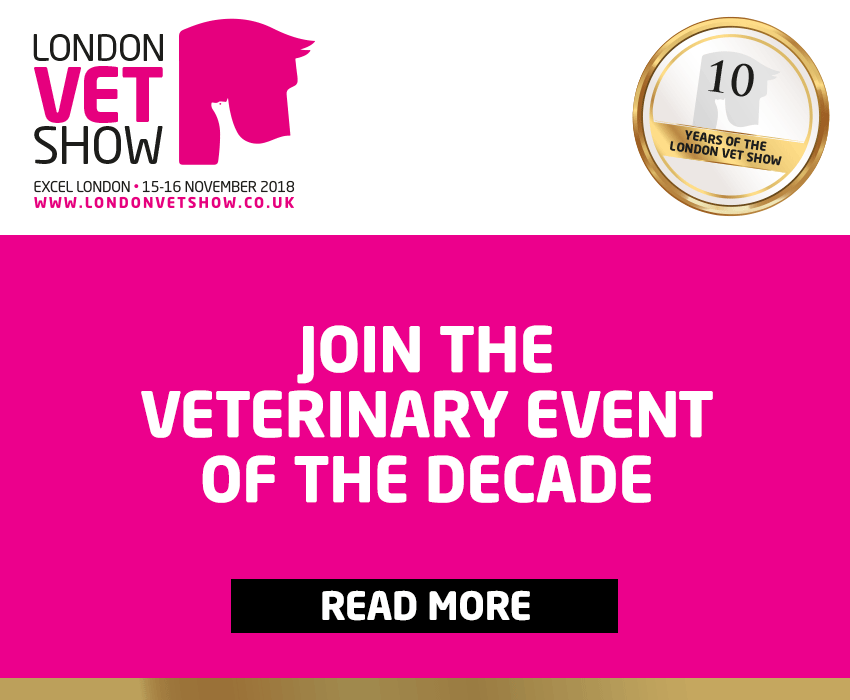Vet Times articles
The latest veterinary content produced by Vet Times, covering topics such as Companion animal, Equine, Exotics, Farm animal, Welfare and General.September 2022
At BCVA Congress, Claire Reigate presented results on fluke egg recovery from bovine faeces, using both spiked and naturally infected samples. In this article, Claire and colleagues – Hefin Williams, Russ Morphew and Peter Brophy – consider faecal egg counts and how they are integral to on-farm parasite control strategies, introduce a new fluke faecal egg counting method, and discuss how fluke faecal egg counts can be used in detecting ruminant fasciolosis…
37 mins